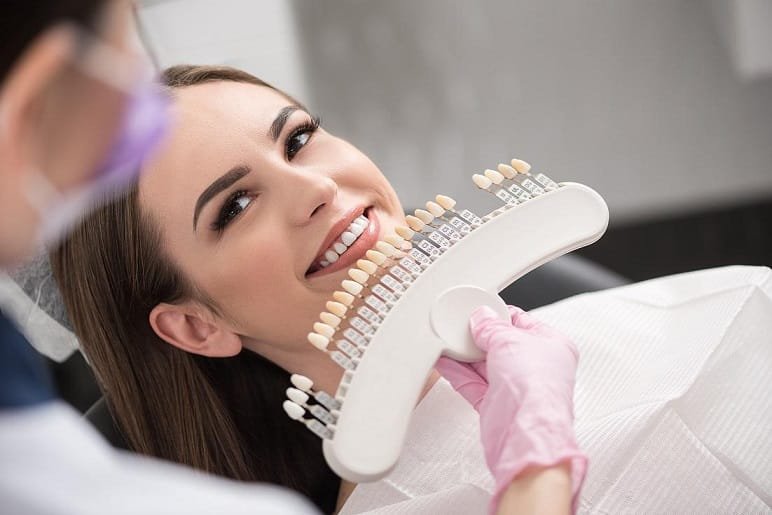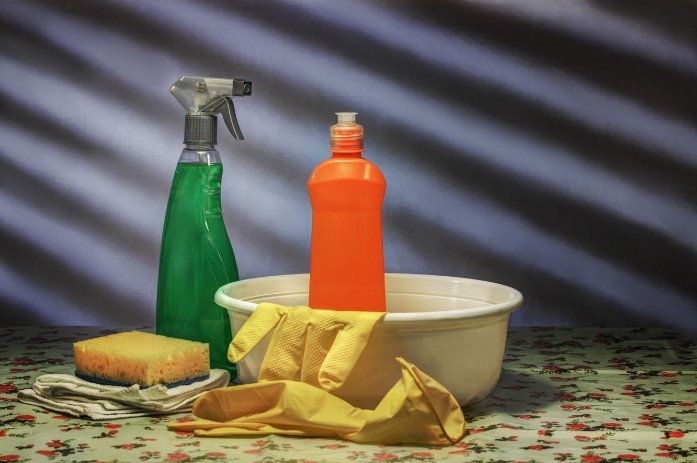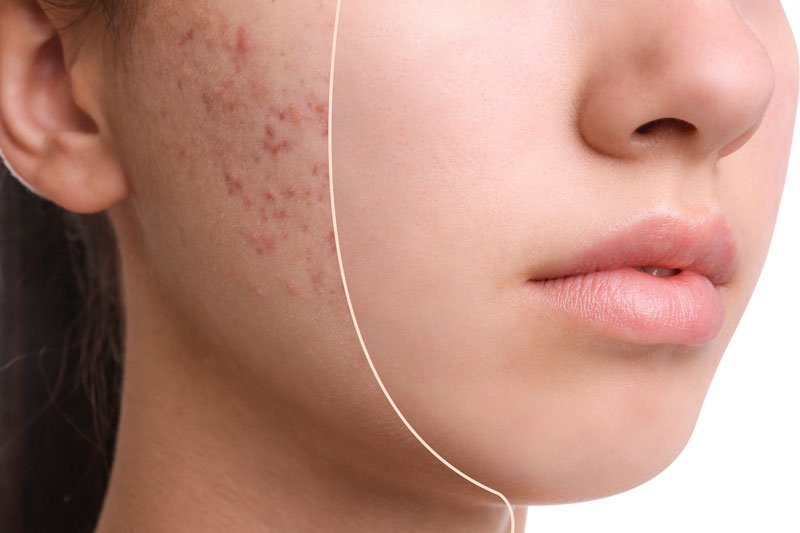A damaged tooth can cause various oral issues, from infections to gum disease and tooth loss. Whether you have a broken or decayed tooth, a dental crown offers a solution. Here’s more information about crowns and how they can protect damaged teeth:
Understanding a Dental Crown
A dental crown is one of the restorative dental procedures for fixing a damaged, decayed, or misshapen tooth. It’s simply a tooth-like cover custom-designed to fit over the visible part of the affected tooth. The crown restores a tooth’s proper size and shape. Your dentist will also make a crown that matches the color of the surrounding teeth.
Besides restoring your tooth’s appearance, this dental appliance provides a protective covering. The goal is to prevent further tooth deterioration. Another reason for getting crowns is to restore teeth’s strength and function. The procedure involves cementing the crown to create a longer lifespan for your tooth.
What To Expect When Getting a Dental Crown
A dental crown procedure often involves two visits to the dentist. This is because dentists need to examine the affected tooth and prepare it for crown placement. They also need more time to custom-design a crown that can fit over the tooth. Here’s what to expect from the two appointments:
The Initial Appointment
During the initial appointment, your dentist will examine the tooth for extensive decay or infections. They may use specialized tools to remove the decay. For extensive decay, your dentist may perform a root canal to remove the infected part of the tooth.
The next step involves trimming away some of the tooth’s structure to keep it in the desired shape. If your tooth is severely damaged, your dentist may also use a dental filling. Filling the tooth on all sides helps to create a structure that a crown can fit over it.
Second Appointment
Once the permanent dental crown is ready, your dentist will invite you for a second appointment. Designing a custom-made crown might take two to three weeks. The dentist will place the crown over the tooth to check if it fits seamlessly. They’ll also check if the crown matches the surrounding teeth’s color, size, and shape. The dentist will then cement the crown into place.
How To Take Care of Dental Crowns
To care for this dental appliance, you’ll need to maintain good oral hygiene to protect the tooth from decaying. Brushing your teeth will prevent the accumulation of plaque or tartar on the tooth’s edge. There are several habits or practices you should avoid after getting a crown. These are:
- Clenching or grinding teeth
- Biting your nails
- Opening or cutting things with your teeth
- Eating sticky, chewy, or hard foods
Get a Quality Dental Crown Today
By visiting a dentist, you can get a crown to cover and protect affected teeth in need of care. Dental crowns restore teeth’s strength, shape, and size. They also match the color of the surrounding teeth. Contact an experienced dentist today to get a custom-designed crown for your tooth.
Refresh Date: August 21, 2025








